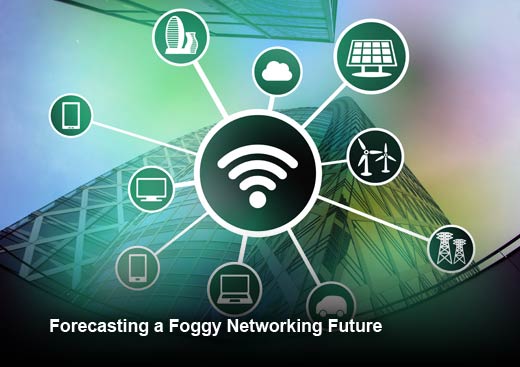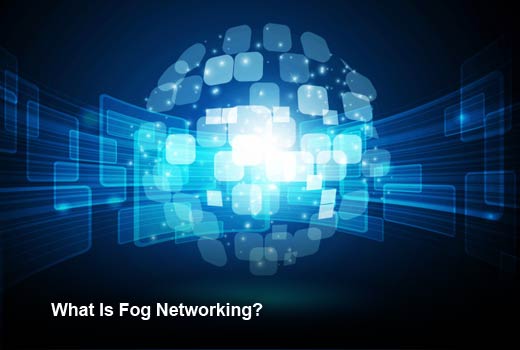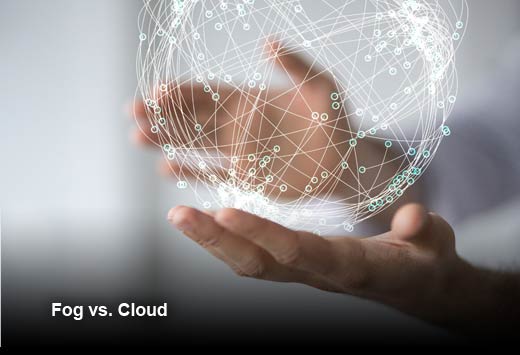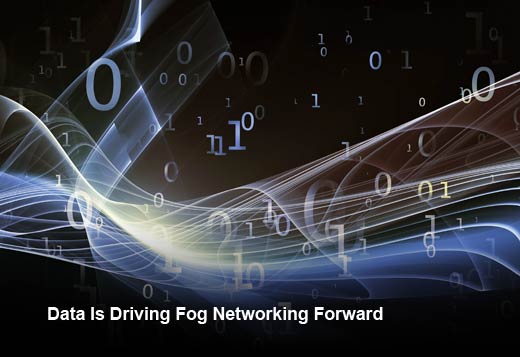According to Gartner, a staggering 25 billion “things” will be connected to the Internet by 2020. While much of the hype focuses on the significant convenience that the Internet of Things (IoT) will provide – from traffic management to at-home health care – it will require serious investments in the network to make these innovations a reality. The forecast for what happens when you take into account these new devices and the resulting terabits of data they will generate is 100 percent predictable – “fog” will be almost everywhere you go. But what does this mean?
Loudon Blair, senior director, Corporate Strategy Office, Ciena, sees firsthand how the impending explosion of IoT is challenging all kinds of network owners to reexamine the capabilities required to support computing demands. In this slideshow, Blair explains fog computing and illustrates why it is essential to making IoT a success.

Forecasting a Foggy Networking Future
Click through for a closer look at fog computing and why it is essential to making the Internet of Things (IoT) a success, as identified by Loudon Blair, senior director, Corporate Strategy Office, Ciena.

What Is Fog Networking?
According to FOGnetworks.com, fog networking is a network architecture that uses one or more end-user clients or near-user edge devices to carry out a substantial amount of storage (rather than stored primarily in cloud data centers), communication (rather than routed over backbone networks), and control, configuration, measurement and management (rather than controlled primarily by network gateways such as those in the Long-Term Evolution core). More simply, fog networking distributes computation functions closer to the endpoints generating the data. Fog networking is often used interchangeably with the more generic term “edge computing.”

Fog vs. Cloud
While many are looking to fog computing as the architecture that will make it possible to meet future demand, it will not completely replace traditional, centralized cloud computing architectures. As fog computing is a decentralized model, it is best positioned to meet the needs of emerging technologies, such as IoT and virtual reality. However, high volume, non-time sensitive jobs are still best suited for centralized cloud models.

Data Is Driving Fog Networking Forward
The amount of data being produced is staggering. According to some estimates, 2.5 quintillion bytes of data are created every day. To meet this demand, 5G – which is essential to realizing the full potential of IoT – is predicted to provide the capacity to handle up to 1000 times more bandwidth and up to 100 times more connected devices than 4G. More bandwidth means more data that needs to be collected, analyzed and stored.

Meeting Customer Demand
Fog networking reduces the amount of data that needs to be transported to the cloud for data processing, analysis and storage, resulting in benefits such as increased bandwidth efficiency, Quality of Experience (QoE), as well as decreased latency. The latter is especially important for use cases that require split-second decisions and real-time interactions, such as an autonomous car and mHealth.

Location, Location, Location
As fog networking changes the virtual edge of the network, data processing capabilities can be distributed quickly based on expected demand. Whether it’s a highly congested area like a mall or a location that requires extra bandwidth during specific times, such as a sports stadium, fog networking is poised to meet future bandwidth needs in a smarter, more efficient manner.














